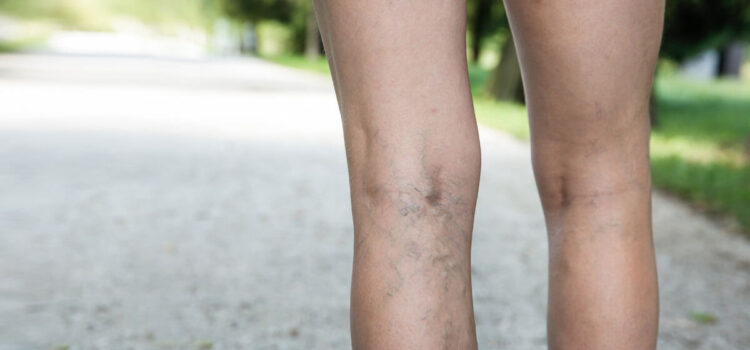Up to 60 percent of adults have varicose veins or spider veins. Not only can these unsightly veins have a significant impact on your appearance, but they can also cause tenderness or discomfort and occasionally health complications.
Thankfully, there are minimally invasive treatments that can reduce or get rid of these veins and the complications that come with them. This is good news for both patients and medical spa owners. With the high prevalence of varicose and spider veins, adding a treatment option for these maladies to your medical spa menu is a profitable choice.
What Are Varicose and Spider Veins?
Varicose veins and spider veins form when the valves inside the affected veins weaken, causing blood to pool. While they have the same cause, these two kinds of veins look different.
Varicose veins are enlarged, dark-colored veins with a twisting, rope-like appearance. They most commonly develop on the lower legs and can sometimes be painful.
Spider veins are smaller and thinner than varicose veins and typically appear on the legs and face. Spider veins don’t bulge out like varicose veins and are not usually painful.
How Are Varicose Veins and Spider Veins Treated?
In mild cases, self-care can reduce the signs and symptoms of varicose or spider veins. This might include wearing compression stockings during the day, exercising more, and avoiding sitting for long periods.
In some cases, however, varicose and spider veins are bothersome for cosmetic reasons and can sometimes cause discomfort. In these instances, people may turn to non-surgical procedures. Let’s review the available non-surgical treatment options:
Sclerotherapy
With this treatment, a chemical is inserted directly into the patient’s vein, causing it to scar and close. Most patients find the procedure painless, although there can be some irritation at the injection site. A few weeks following the injection, the vein should fade. More than one injection is often needed to achieve the desired results.
Endovenous laser treatment
This type of laser treatment involves inserting a catheter into a patient’s vein and then threading a small laser through the catheter. With the aid of an ultrasound machine, short energy bursts are delivered to the vein, which heats the vein and seals it shut. This procedure is done under local anesthetic and can result in temporary nerve injury. As a result, patients may experience some tenderness and bruising along the vein for up to two weeks.
Diode laser treatment
Of all treatment options, diode laser treatment is the least invasive, as it doesn’t involve an injection or catheter. This treatment uses a strong, focused light beam to diminish small veins near the skin’s surface. When applied to the target area, the heat from the laser causes the blood vessels to clot and dry up, all without damaging the skin or surrounding tissues.
Within weeks or months (depending on the size of the vein), the vein will disappear entirely as blood gets rerouted to healthier veins. A single treatment is enough for most veins, but one to two additional treatments may be needed for larger veins. With this approach, no downtime is needed.
A Final Word on Treatment for Varicose and Spider Veins
Though ordinarily harmless, varicose and spider veins can be unsightly and uncomfortable. With about half of adults experiencing varicose or spider veins, offering a treatment option for these conditions at your medical spa is a worthy investment.
Diode laser treatment in particular offers a safe, effective way to rid of unsightly veins and is well tolerated by individuals.
If you’d like to learn more about offering diode laser treatment at your medical spa, get in touch with The Spa Butler today. Our team of seasoned spa equipment consultants can answer any questions you have and set you up for success.
